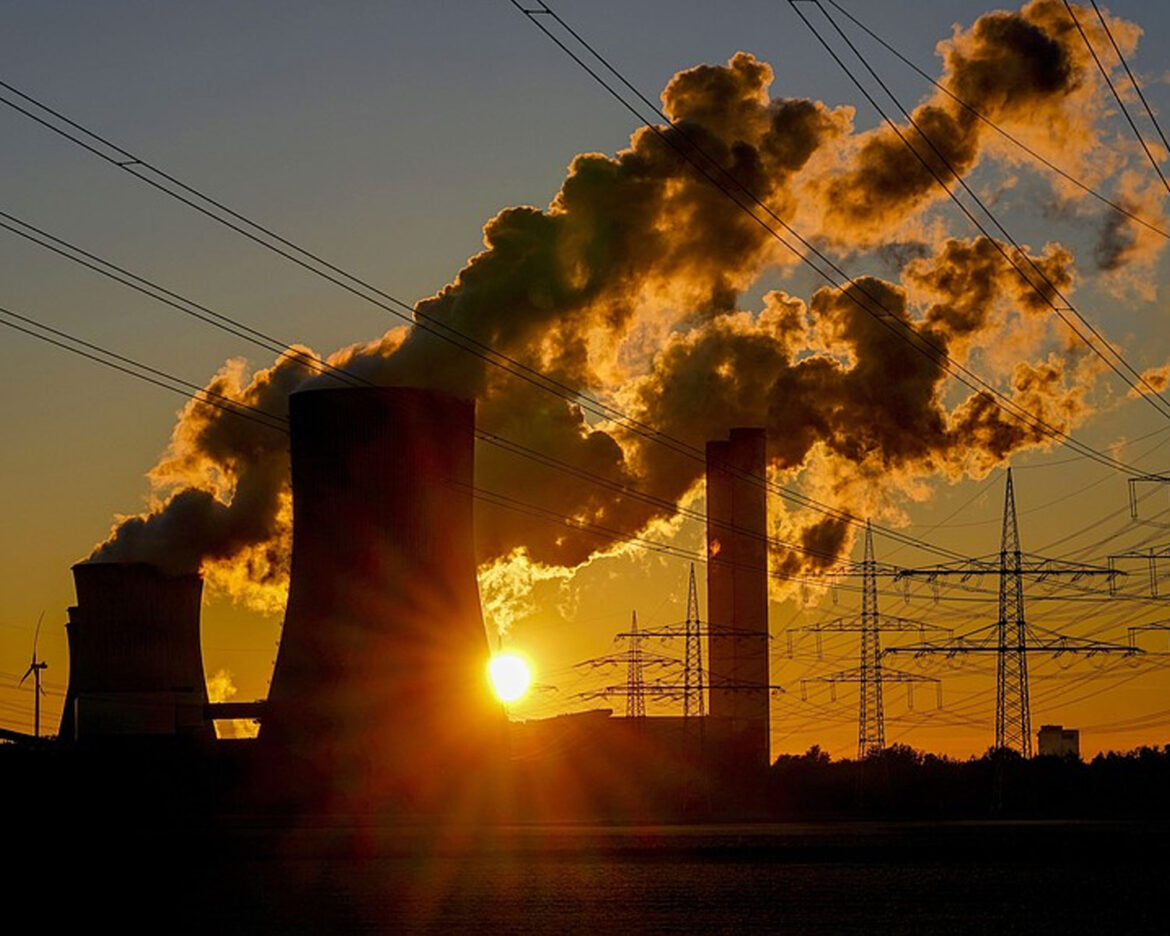Last month marked the second hottest July on record, according to the European Union’s Copernicus Climate Change Service. This new record ends a 13-month streak of monthly temperature highs, which had been partly driven by the El Niño weather pattern.
The average global temperature for July was 1.48 degrees Celsius (2.7 degrees Fahrenheit) above the pre-industrial reference period of 1850-1990. Over the past year, temperatures have been 1.64°C above this historical average, a stark reminder of the ongoing impact of climate change. July also witnessed the hottest two days ever recorded.
Copernicus attributes these soaring temperatures primarily to greenhouse gas emissions from fossil fuel industries. Notably, regions typically unaffected by El Niño experienced unusual temperature increases. “This El Niño has ended, but the global temperature rises remain significant,” Julien Nicolas, a climate researcher with Copernicus, told Reuters. “We are not done with temperature records causing heatwaves. The long-term warming trend is strongly linked to human activities.”
Southern and eastern Europe, the western United States, western Canada, much of Africa, the Middle East, Asia, and eastern Antarctica experienced above-average temperatures. Conversely, northwestern Europe, western Antarctica, parts of the United States, South America, and Australia saw near or below-average temperatures.
July 2024 also brought above-average rainfall to northern Europe and southeastern Turkey, while drought warnings persisted in southern and eastern Europe.
In the Arctic, sea ice extent was 7% below average, surpassing the reductions seen in 2022 and 2023, though still less severe than the record 14% drop in 2020. Antarctic sea ice reached its second lowest extent for July, at 11% below average compared to 15% below last year.
Global sea temperatures remain near record highs, with July 2024 only 0.1°C below last year’s record. “The extent of warming this year raises questions about oceanic changes beyond typical climate patterns like El Niño or La Niña,” Nicolas added. “Are we witnessing shifts in ocean currents?”
The continuing rise in global temperatures underscores the urgent need for action on climate change and highlights the significant impact of human activities on our planet.



